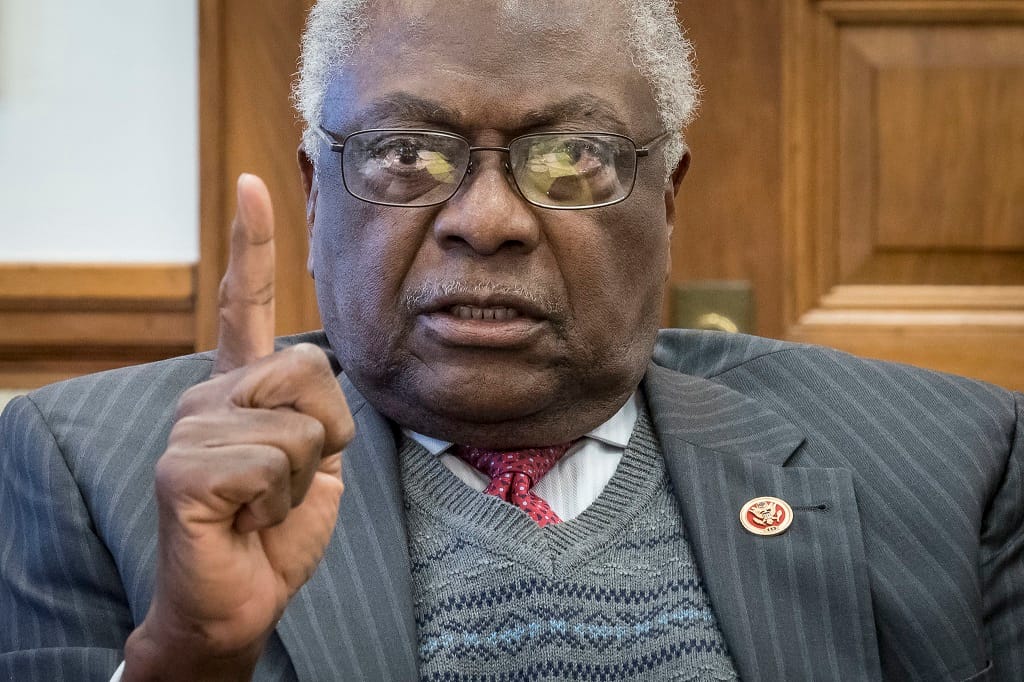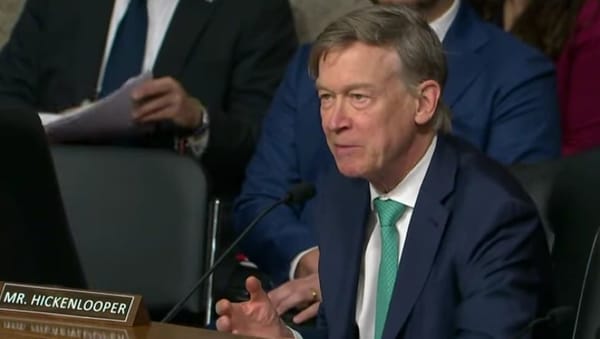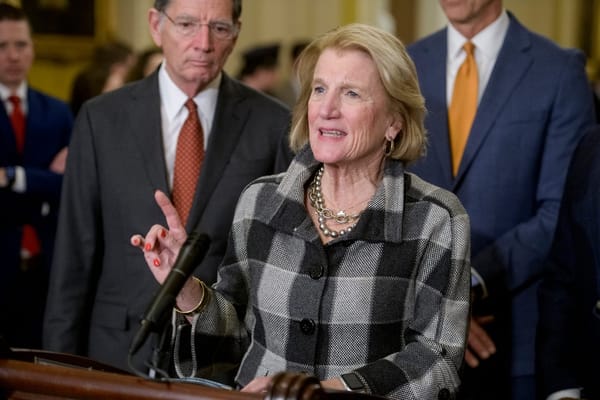3 House Bills Would Create New Speed Tiers For Broadband, Dole Out Up to $100 Billion in Funds
March 22, 2021 – Three bills, worth $100 billion dollars and introduced in the House, will change the nation’s definition of served and unserved by dramatically upping the threshold for broadband speeds. The bill will create new categories including unserved, low-tier and mid-tier for federal fundin

March 22, 2021 – Three bills, worth $100 billion dollars and introduced in the House, will change the nation’s definition of served and unserved by dramatically upping the threshold for broadband speeds.
The bill will create new categories including unserved, low-tier and mid-tier for federal funding on broadband projects. The new definition of “served,” which was previously categorized as areas with access to speeds of 25 Megabits per second (Mbps) download and 3 Mbps upload, would be updated to bump up the upload speed to 25 Mbps.
Low-tier would be considered areas with between 25/25 Mbps and 100/100 Mbps speeds, and medium-tier would be viewed as 100/100 Mbps to gigabit symmetrical.
The new definitions would reflect enhancements in broadband technology and a previous call for speed definitions to be reassessed in light of the pandemic and consumer uptake of higher speeds.
The first bill, the Accessible, Affordable Internet for All Act, H.R. 1783, was re-introduced on March 12 by House Majority Whip James Clyburn, D-S.C., and the rural broadband task force. Clyburn has been a long-time advocate for more broadband funding, and the task force, consisting of all House Democrats, was formed with that goal in mind. The bill was also introduced in the Senate by Sen. Amy Klobuchar, D-Minn.
The $100-billion bill includes $80 billion for investment in broadband infrastructure in unserved urban and rural areas, 75 percent of which goes to a national competitive bidding system, and 25 percent to states for separate competitive bidding programs in each state and to unserved anchor institutions, including hospitals and schools with speeds of less than 1 gigabit per 1,000 users. The bill stipulates that the FCC and states must first hold competitive bidding exclusive for bidders offering gigabit symmetrical service.
The $80 billion program includes requirements that broadband providers must meet to receive funding, including offering service with at least 100 Mbps symmetrical speed with low latency; prices that are comparable to, or lower than, prices charged for comparable service; and offering an affordable service plan.
Also includes funding for digital inclusion initiatives
The bill also includes over $1 billion for new grant programs aimed at digital equity and digital inclusion initiatives; $5 billion funding over five years for a new low-interest financing program for eligible entities on broadband infrastructure projects; a “dig once” initiative to ensure improved coordination of transportation and broadband infrastructure projects; and $26 million in annual funding for a new Office of Internet Connectivity and Growth, administered by the National Telecommunications and Information Administration, for overseeing broadband projects such as the new grant programs.
It also includes an additional $6 billion for the recently established Emergency Broadband Benefit program, and $2 billion for the new Emergency Connectivity Fund. It also authorizes $200 million to help states participate in the National Lifeline Eligibility Verifier, the application process run by the Universal Service Administrative Company, a nonprofit subsidiary that collects and distributes the Universal Service Fund.
Additionally, it would provide $500 million for the NTIA’s Tribal Broadband Connectivity program and $100 million for U.S. territories.
The bill also requires the FCC to update the E-Rate internet subsidy program, which would allow Wi-Fi on school buses to qualify for E-Rate funding. The program was recently extended to households.
Second measure is the Leading Infrastructure for Tomorrow’s America Act, third measure is H.R. 1672
The second bill is the Leading Infrastructure for Tomorrow’s America Act, or LIFT America Act, H.R. 1848, re-introduced by the Democratic members of the House Energy and Commerce Committee on March 11, part of which would allocate $94 billion in funds for expanding broadband. This is an increase from previous versions of the bill that were introduced in the past but never made it to a vote.
The LIFT America Act, similar in scope to the Accessible, Affordable Internet for All Act, includes $80 billion for increasing broadband access nationwide in underserved urban and rural areas; $5 billion for a low-interest financing program for broadband projects; and $9.3 billion for broadband affordability and adoption programs.
Like the first bill, the LIFT America Act also includes $6 billion for the Emergency Broadband Benefit fund, and $2 billion for the Emergency Connectivity Fund.
The third bill is H.R. 1672, introduced on March 9 by Rep. Peter Welch, D-Vermont, who co-chairs the bipartisan House rural broadband caucus and is also a member of the rural broadband task force. This bill, like the other two, would provide up to $79 billion in funding for broadband projects.










Member discussion